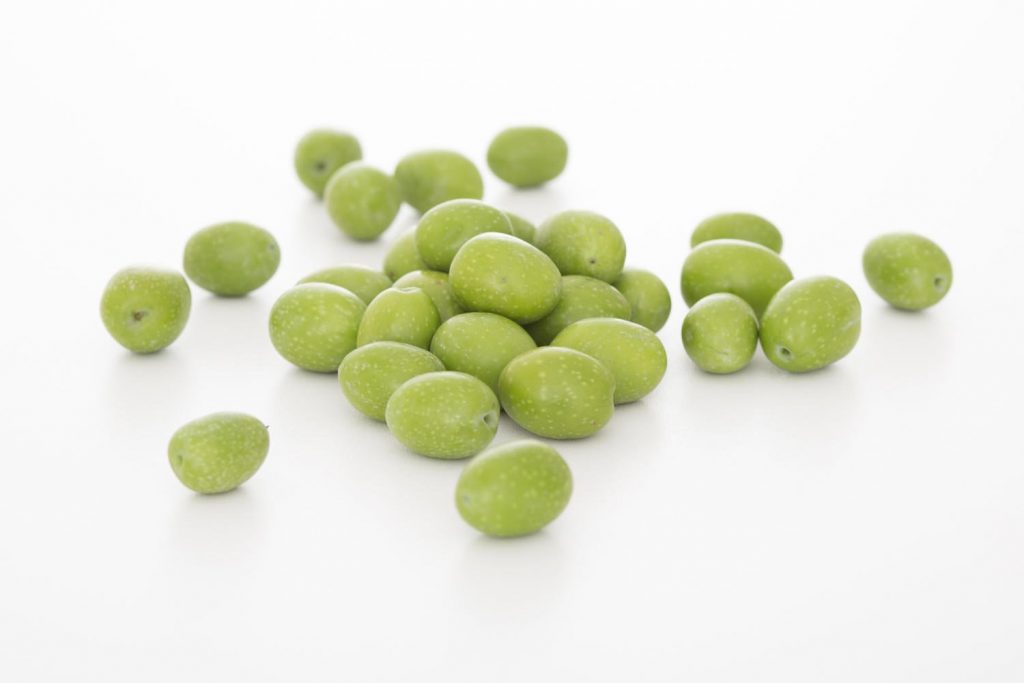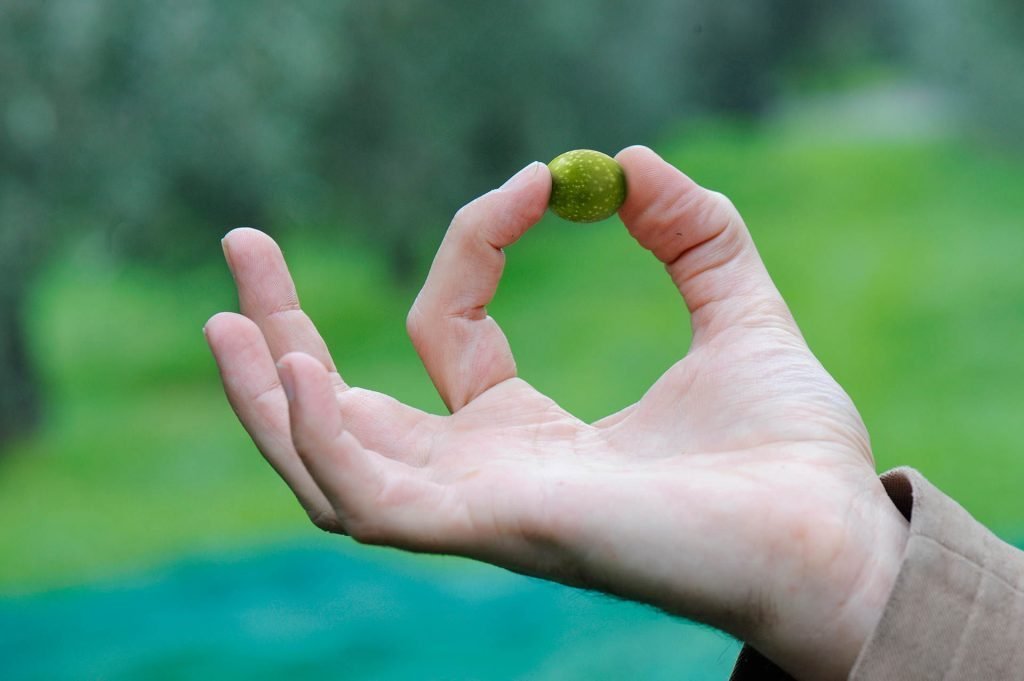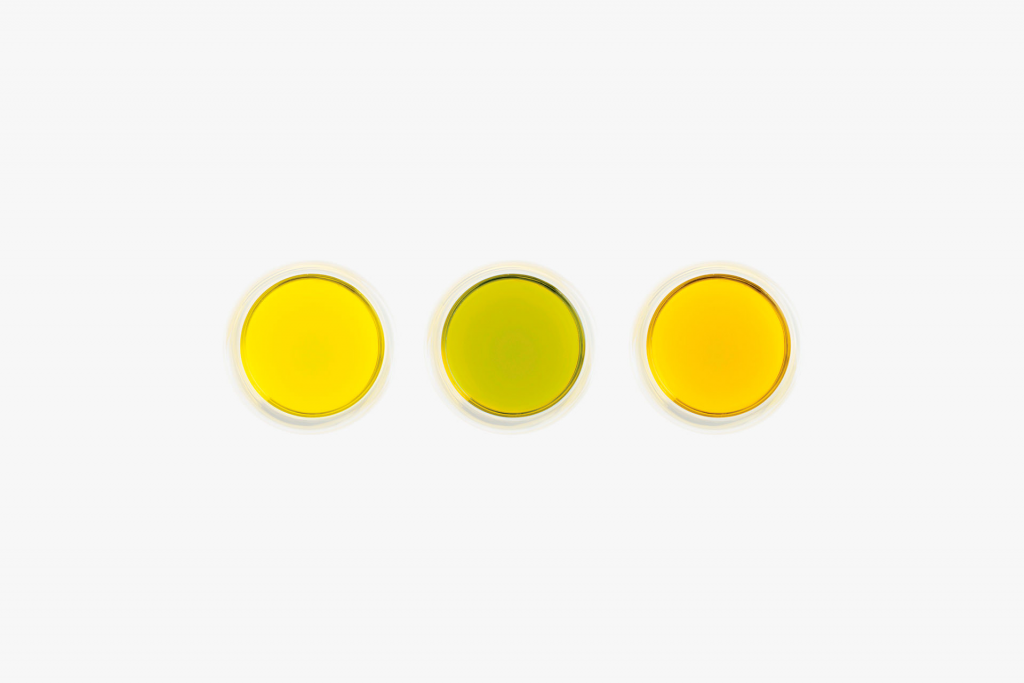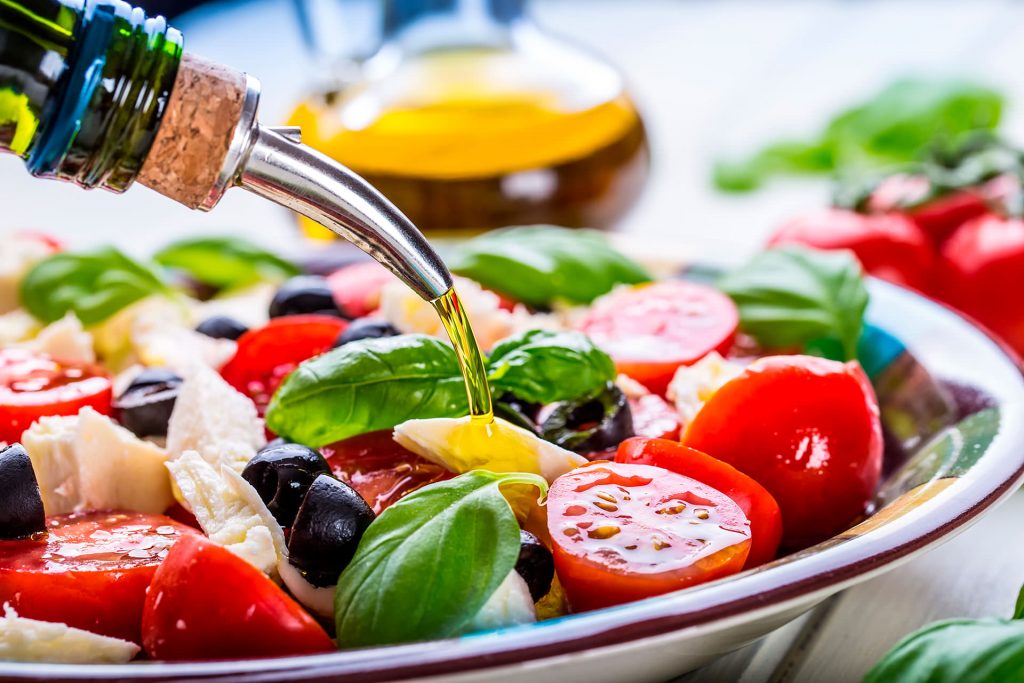Learning to taste
The basics of tasting
That only experts are able to define the organoleptic profile of an oil is a misconception.
We can all learn to recognise the desirable and undesirable qualities of an oil, and with a little practice to discern that distinctive flavour specific of a particular area of origin. The first tasting sessions are of vital importance to get to know the vocabulary used to describe desirable and undesirable qualities, or in other words the tools of the trade of a sensory analyst. The few general rules outlined below may help to identify the multifaceted world of premium oils.

OBSERVE
Pour the oil in a small glass and observe the range of chromatic variations

WARM UP
Warm up the glass in your hand to bring out and release all the volatile aroma-compounds
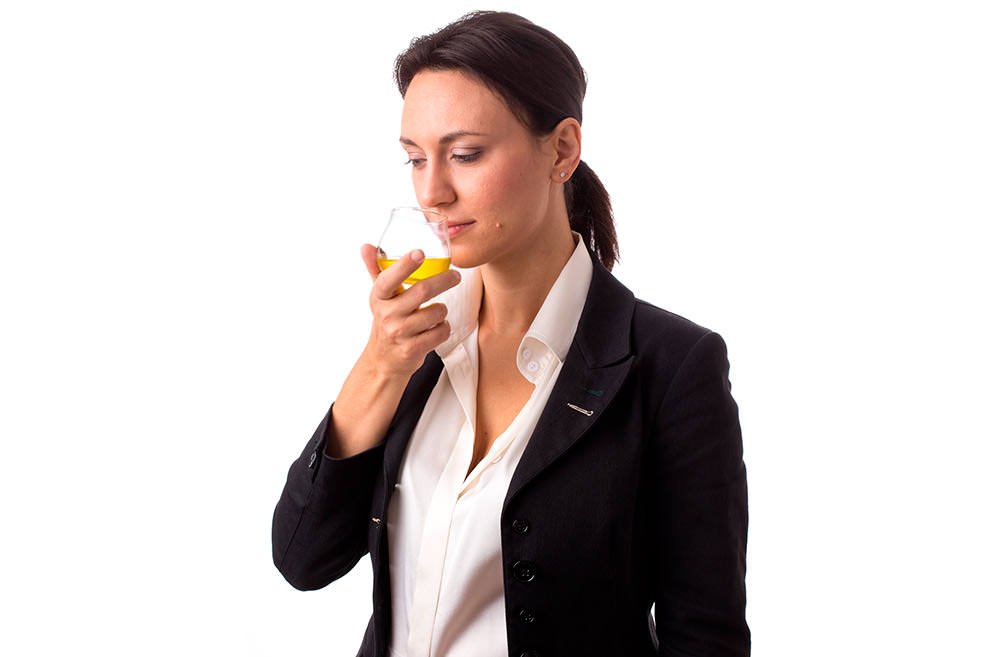
SMELL
Lift the glass to your nose and inhale deeply trying to identify the multiple layers of sensations that the aroma can transmit

TASTE
Take a sip into your mouth and then take in a small amount of air to release all the airborne substances throughout your oral cavity. Finish by spitting the oil in an adequate recipient
Aromatic sensation
Flavour and tactile perceptions are fairly objective sensations as sensory characteristics, such as bitter or pungent, are self-evident. Olfactory perception, instead, is far more subjective and requires a “tasting code” based on associations with other food products or analogies to translate flavours using everyday language.
This is where sensory analysis becomes a dynamic skill, continuously creating a network of cross-references between sensory perceptions stored in memory and newly discovered aromas (fresh-cut grass, tomato, artichoke, apple, almond, pine nut), a sensory-rich experience that can be intensely gratifying.
Once mastered the multifaceted sensory characteristics, it will be possible to experiment how to combine them with different recipes.


